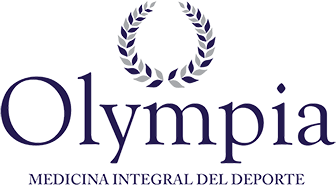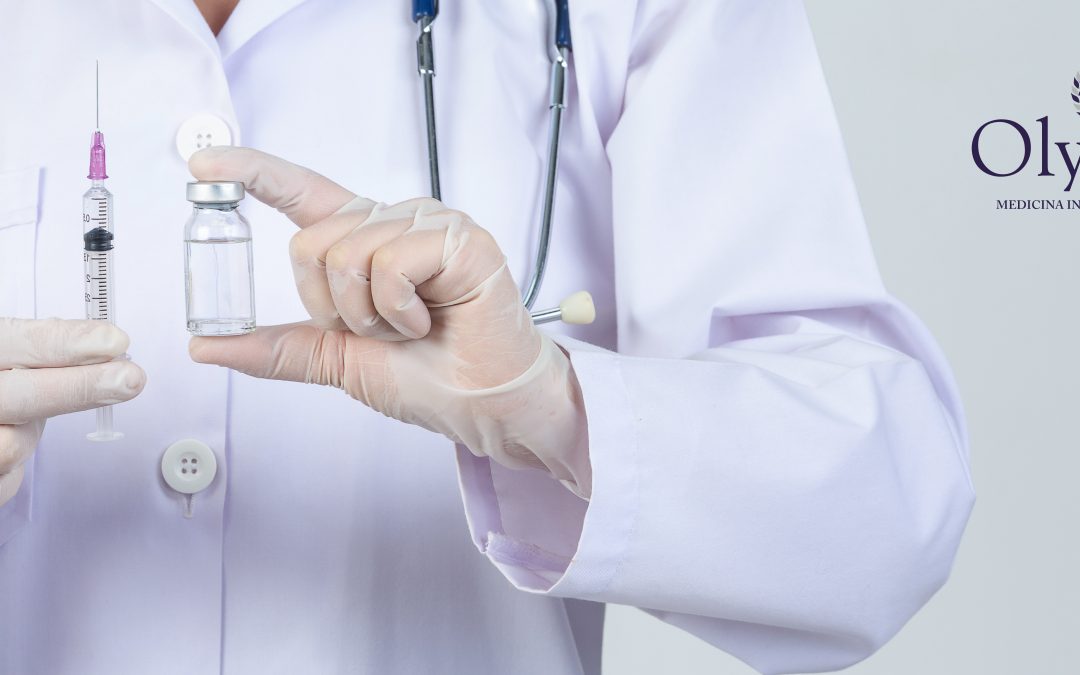Prolotherapy is a minimally invasive treatment that consists of injections of an irritating solution in an area of injury or with pain. The solution generates a local inflammatory response, which favors the repair and regeneration of the tissue in that area.
In which patients can prolotherapy be performed?
Prolotherapy can be used in different cases and in different types of patients, from children to adults. The most frequent causes are joint pain, low back pain (lumbago), neck pain, chronic pain, among others.
Before treatment, it is necessary to go to a consultation for an examination and diagnosis. A clinical history is important to know the history of the pain, from its onset, type, location, and cause. It is also important to know previous treatments for current pain and existing illnesses.
This is accompanied by a physical examination where the doctor will perform maneuvers to assess mobility and pain, this in some cases is complemented by an imaging study, commonly ultrasound to accurately detect the injured area such as the muscle or tendon, which will also help guide the treatment.
Once it is decided to carry out prolotherapy, the patient is scheduled at the doctor’s office. It is important to remember that it is an outpatient treatment, so the person can return home after the therapy is completed. It is recommended to wear comfortable clothes that give easy access to the area where the injections will take place.
As we mentioned before, prolotherapy consists of several injections around the affected area, the irritating solution is usually dextrose, but PRP, P2G and stem cells, among others are also used. Before infiltrating with said solution, local anesthesia is placed through small injections in the previously marked sites, which makes it a less painful therapy.
After its application, the patient should expect slight discomfort and inflammation at the site during the first hours that can last from 48 to 72 hours, which is why rest is solicited during this period.
The necessary sessions vary depending on the diagnosis and severity of the pain, but they are usually 3 to 6 sessions with a month of rest between them. An improvement of more than an 80% has been reported after treatment.
It is essential to go to a specialist doctor with experience in prolotherapy for an effective and safe treatment.

